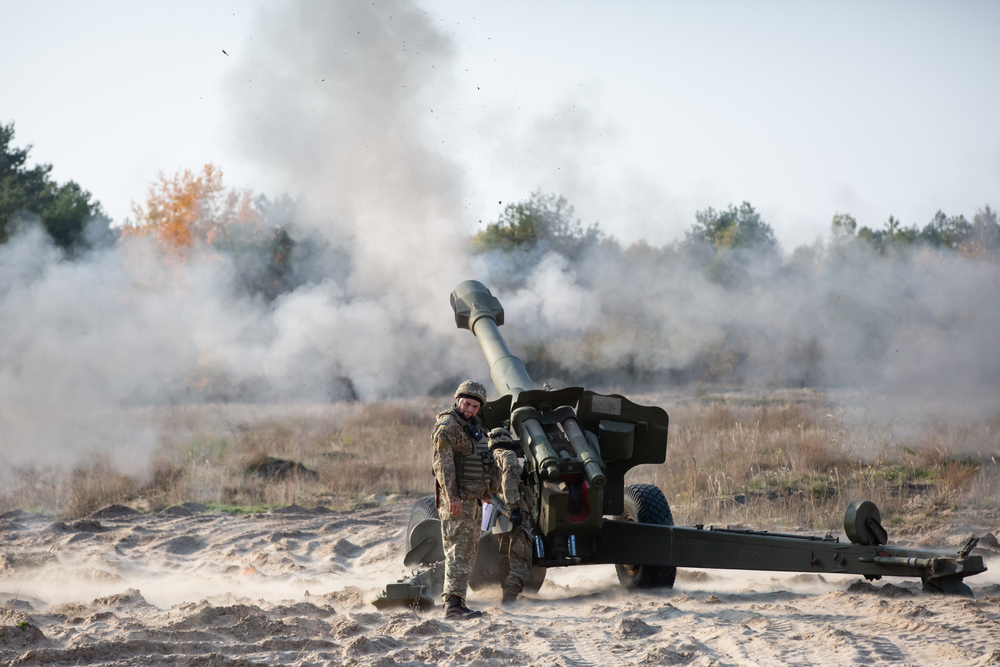The FPV drone operators targeted eight D-20 howitzers, a Msta-B howitzer, and a 2B9 Vasilok automatic mortar.
Others are reading now
Footage emerged showcasing the impressive capabilities of a Ukrainian battalion that successfully executed ten strikes against Russian military equipment using first-person view (FPV) drones.
Targets Eight Howitzers
According to Tech the video highlights the losses inflicted on the invading forces by the 24th Separate Mechanized Brigade, which is actively engaged on the front lines in the Donetsk region.
The FPV drone operators targeted eight D-20 howitzers, a Msta-B howitzer, and a 2B9 Vasilok automatic mortar.
The video’s release underscores the growing significance of drone warfare in the ongoing conflict, often referred to as a “drone war,” with both sides utilizing a variety of unmanned aerial vehicles extensively.
Also read
FPV drones, typically small and inexpensive commercial models, are modified for military use and equipped with cameras that provide real-time live feeds to pilots until impact. They can carry explosive payloads, turning them into kamikaze drones, or drop grenades on enemy equipment from above.
Supported by North Korea
The D-20 howitzer, developed in the 1940s, fires 152 mm shells capable of striking targets up to 17-24 kilometers away at a firing rate of up to six rounds per minute. Each unit weighs approximately 5.6 tons and requires a crew of 8 to 10 soldiers to operate.
These howitzers have been bolstered by ammunition supplied to Russia from North Korea, allowing for increased strike frequency despite some failures in the delivered munitions.
The Msta-B howitzer, introduced into service in 1987, also uses 152 mm shells but supports a broader range of ammunition types. Weighing just under 7 tons and measuring over 12 meters in length, it is another critical asset for Russian forces.
In contrast, the 2B9 Vasilok is a more modern automatic mortar, developed in the 1970s, that fires 82 mm rounds with a range of up to 4 kilometers and a high rate of fire. These developments in drone technology and tactics by the Ukrainian forces are proving instrumental in their efforts against Russian artillery.


